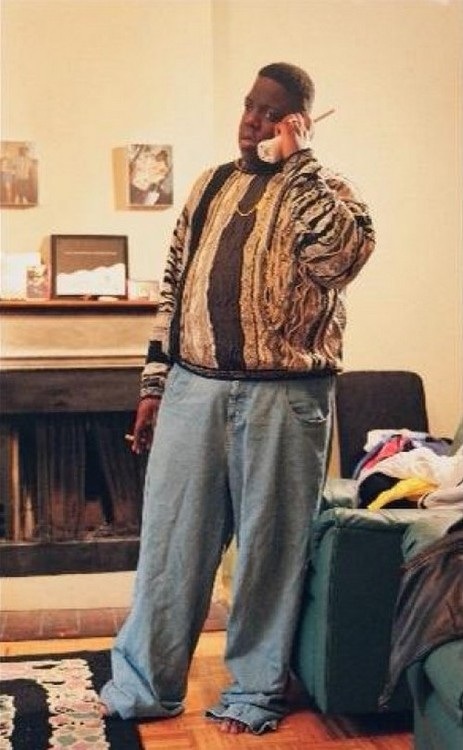Notorious B.I.G. aka Biggie Smalls Digital Biography
NOTORIOUS B.I.G.
GOVERNMENT NAME: CHRISTOPHER GEORGE LATORE WALLACE
SUN SIGN: GEMINI
BIRTHDAY: MAY 21
HOMETOWN: BROOKLYN, NYC, NY
Biggie’s Story:
Hip-Hop Bio:
Born as Christopher Wallace on May 21, 1972, in Brooklyn, New York, Biggie Smalls, also known as Notorious B.I.G., became a drug dealer at a young age. He started experimenting with music as a teenager and, not long after, befriended Sean "Puffy" Combs. His 1994 debut album, Ready to Die, was a smash hit, and his long-running feud with fellow rapper, Tupac Shakur, helped to shape his career. Biggie was killed in Los Angeles on March 9, 1997.
Early Years
American hip-hop star Biggie Smalls was born as Christopher George Latore Wallace on May 21, 1972 in Brooklyn, New York, in the neighborhood of Bedford-Stuyvesant. Biggie, or "The Notorious B.I.G," as he'd later become known, experienced a rough childhood—at an early age, he was surrounded by drug addicts and dealers. As a result, by his early teens, Biggie had joined the life that was all around him. "Hustlers were my heroes," he once said. "Everything happened on the strip I grew up in. It didn't matter where you went, it was all in your face."
At the age of 17, Biggie was arrested for selling crack, and spent nine months in a North Carolina prison before making bail. As he navigated his young, uncertain life, Biggie started making music. He hooked on with a crew called the "Old Gold Brothers," and began experimenting on his own.
Commercial Success
Around his neighborhood, Biggie Smalls, as he called himself then, began building a reputation as a musician. After a tape of his landed in the hands of Mister Cee, a well-known DJ, Smalls was featured in the hip-hop publication, The Source.
The article was enough to catch the attention of Sean "Puffy" Combs, a young producer at Uptown Entertainment, a New York-based label specializing in hip-hop and rhythm and blues. When Combs split off from Uptown to start his own label, Bad Boy Entertainment, he brought Smalls with him.
Immediately, The Notorious B.I.G., as he now called himself, got to work, appearing on a 1993 remix of Mary J. Blige's single, "Real Love," and followed it up with a second Blige remix, "What's the 411?" His debut as a solo artist came with the single, "Party and Bullshit," on the soundtrack to the film, Who's the Man? (1993).
In 1994, The Notorious B.I.G. released his debut album, Ready to Die, which told the story of his life, from drug dealer to rapper. Backed with hits like "Juicy" and "Big Poppa," the record went platinum and the young hip-hop artist became a full-fledged star. That same year, The Source named the rapper "Best New Artist," "Best Live Performer" and "Lyricist of the Year."
As his star power increased, Biggie did his best to share his prestige. He backed the work of several rappers that he'd originally performed with while starting out in Brooklyn, and took to the studio in support of other artists on Sean "Puffy" Combs' label. He also teamed up with such stars as Michael Jackson and R. Kelly. By the close of 1995, Biggie was one of music's best-selling and most sought after performers.
Troubled Times
However, success and wealth hardly brought peace to Biggie's life.
In the immediate aftermath of Ready to Die's popularity, the rapper found himself in constant fear. In 1994, he told The New York Times that he was disliked for having more money, which came with his fame. The large rapper—at 6 feet and three inches, and tipping the scales at nearly 400 pounds—said that he jumped whenever the door to his apartment building opened, fearing that someone might want to hurt him.
Biggie's fear led to anxiety, which led to spurts of aggression. In May 1995, he allegedly beat up a man after they got into a dispute over a canceled performance. Later, he took a baseball bat to a group of autograph seekers. His most famous battles, however, occurred with others in the hip-hop industry, most notably with Tupac Shakur, Marion "Suge" Knight and Death Row Records. The rivalry turned into an East Coast-West Coast feud (with Combs and Biggie representing the East), and the tension escalated in 1994, when Shakur and a member of the Wu-Tang Clan were shot and robbed. The two men survived and Shakur came out blazing, accusing Biggie and Combs of orchestrating the attack. Both vehemently denied the accusation.
Shakur added fuel to the flames with a pointed slam on the East Coast rap world in the single, "Hit 'Em Up," in which he claimed to have slept with Biggie's wife, Faith Evans. In September 1996, East Coast-West Coast battle heated up even further, when Shakur was murdered in a drive-by shooting in Las Vegas. Rumors of Biggie's involvement immediately began to make the rounds, and when the rapper was one of the few hip-hop artists not to make an appearance at an anti-violence summit that was held in Harlem a few weeks later, the finger-pointing intensified.
Murder and Speculation
Shakur's death amplified Biggie's fears about his own life, and his concern was tragically validated on March 9, 1997. Biggie, who had just come out of the Soul Train Music Awards, was sitting in an SUV when another vehicle pulled up to his car, opened fire and killed him. Biggie was only 24 years old at the time.
For many fans, the murder was viewed as retaliation for Shakur's murder. Biggie's death shook the music world, prompting fears that the hip-hop world might erupt into a full-fledged war, ending numerous other lives. That didn't happen, fortunately, but Biggie's friends, family and fans never received any answers regarding his death. Despite years of speculation regarding the identity of the gunman, Biggie's case was never solved. Biggie's family has been outspoken about its disappointment with the handling of the case, going as far as accusing the Los Angeles Police Department of employing rogue officers who were involved in the murder.
In 2002, filmmaker Nick Broomfield released the documentary Biggie and Tupac, which featured a round of interviews with people associated with both men. More recently, in May 2012, former L.A. police detective Greg Kading, who had worked on Biggie's case, told VH1 that he had incriminating evidence against Wardell "Poochie" Fouse, a gang member belonging to the Mob Piru Bloods.
Kading, who had quit the LAPD after he was pulled from the case, asserts that the murder will never be solved.
Biggie's death came just as the rapper was about to put out his second album, Life After Death. In the wake of Biggie's killing, the record was a giant hit, selling nearly 700,000 copies in its first week. Two years later, Born Again, an album of unreleased material from Biggie, was released. A third album of extra material, Duets: The Final Chapter, was released in 2005.
Today, Biggie is still one of the music industry's most admired hip-hop artists. Several musicians have paid tribute to Biggie by mentioning him in their songs, and his musical style has been emulated by countless up-and-coming artists. Undoubtedly, Biggie's talent as a writer and rapper will continue to be acknowledged for decades to come.
(source: biography.com)
See More of the 90's Artists Collection
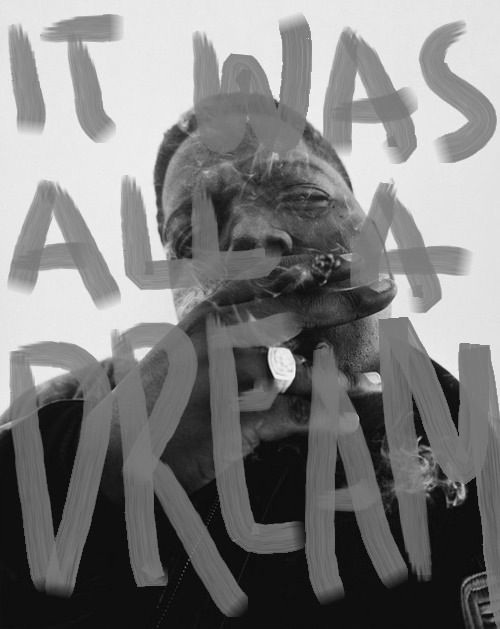
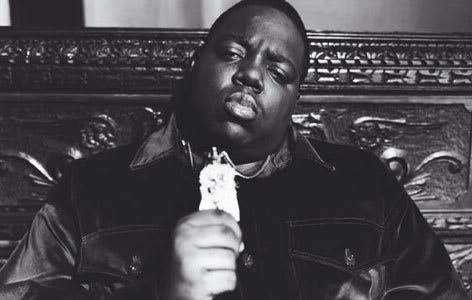
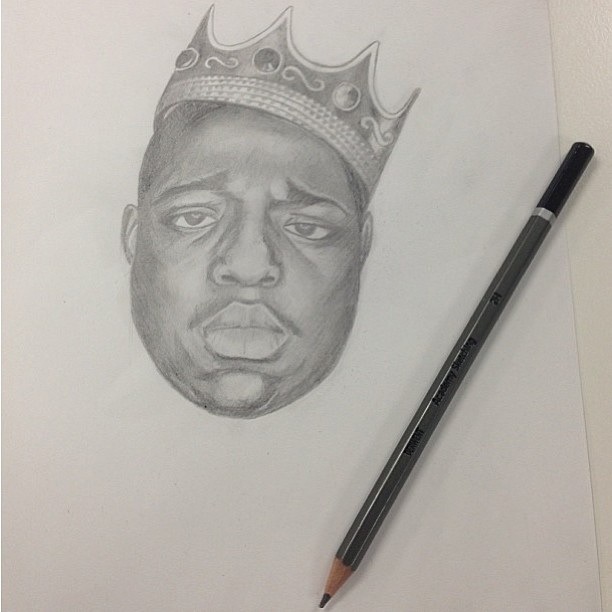
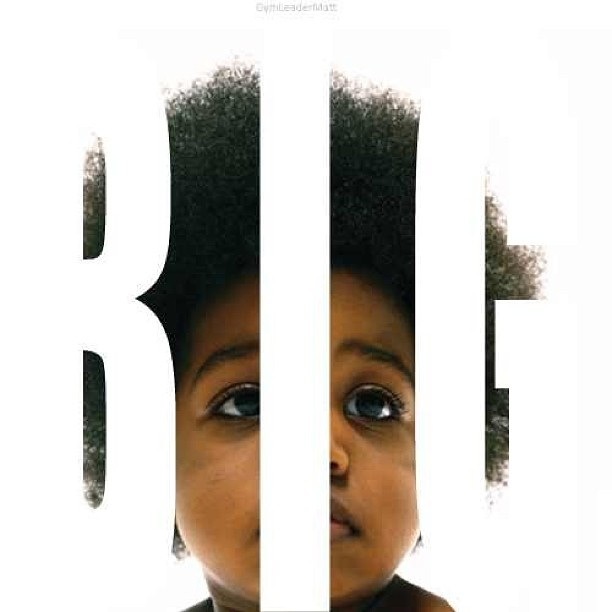
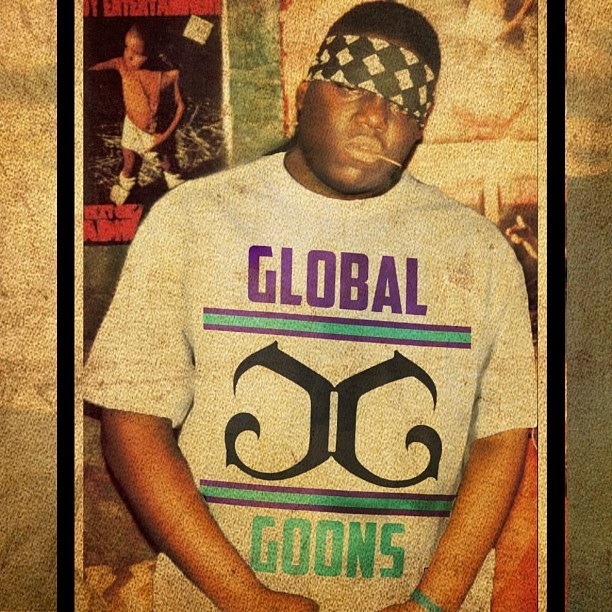
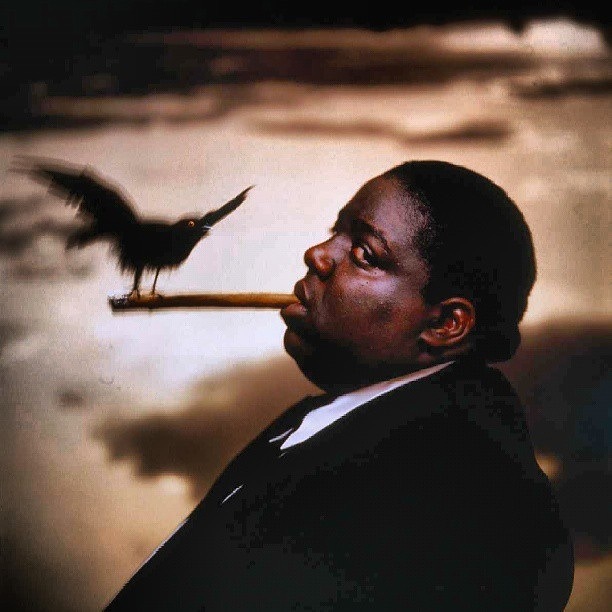

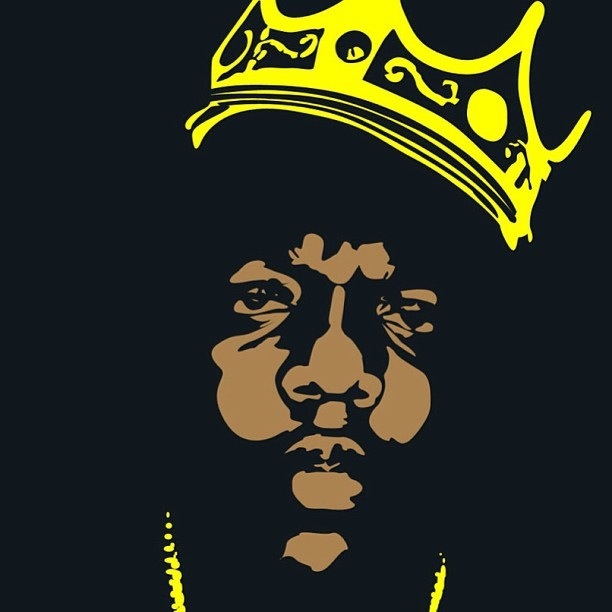
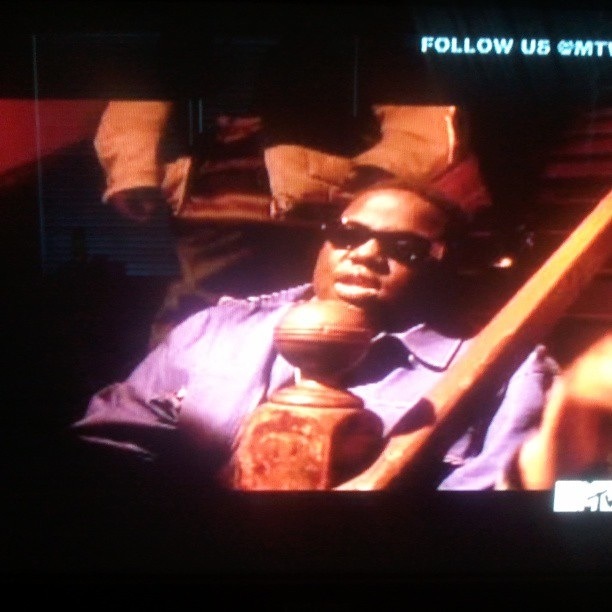
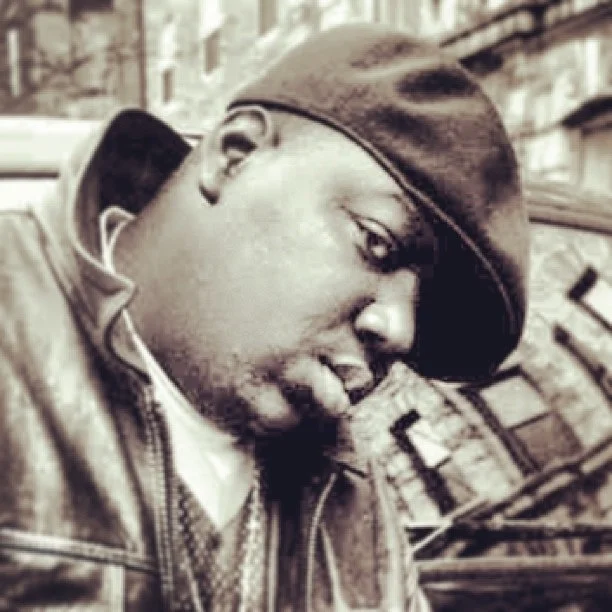
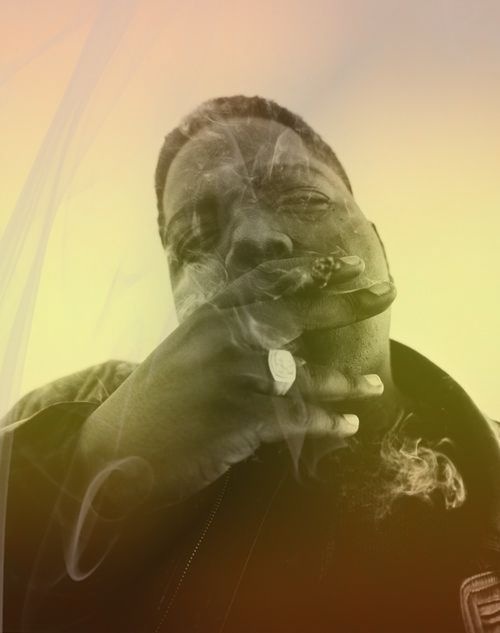
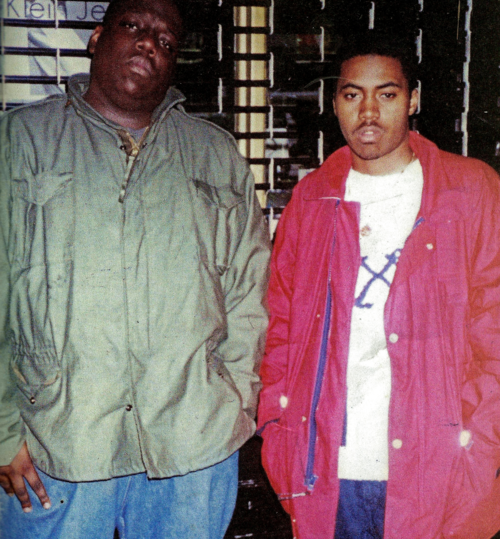
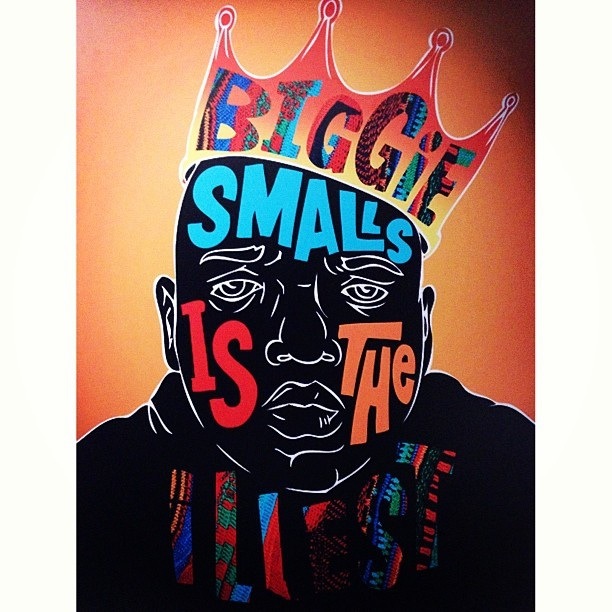
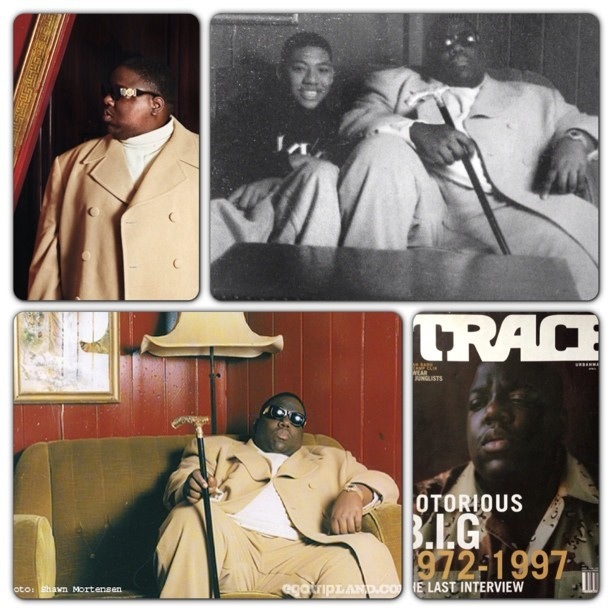
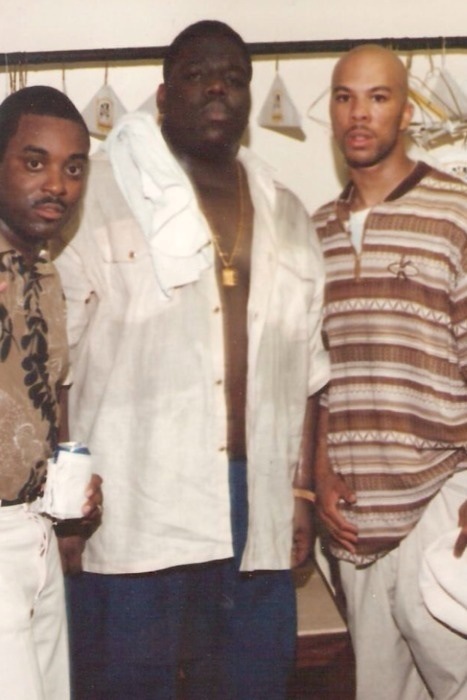
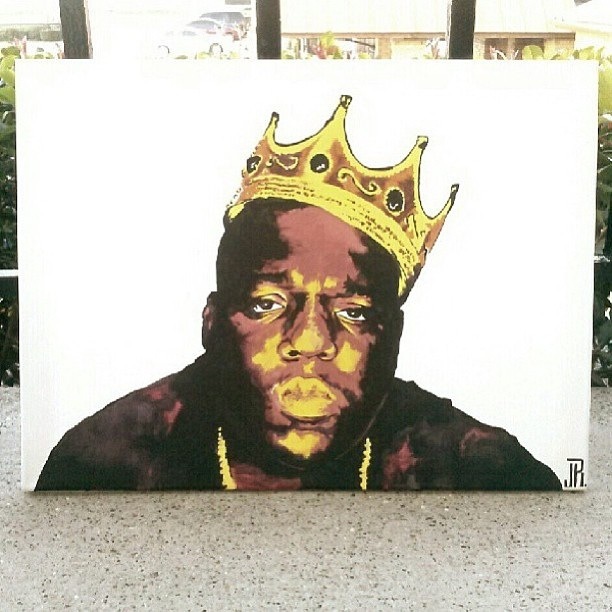

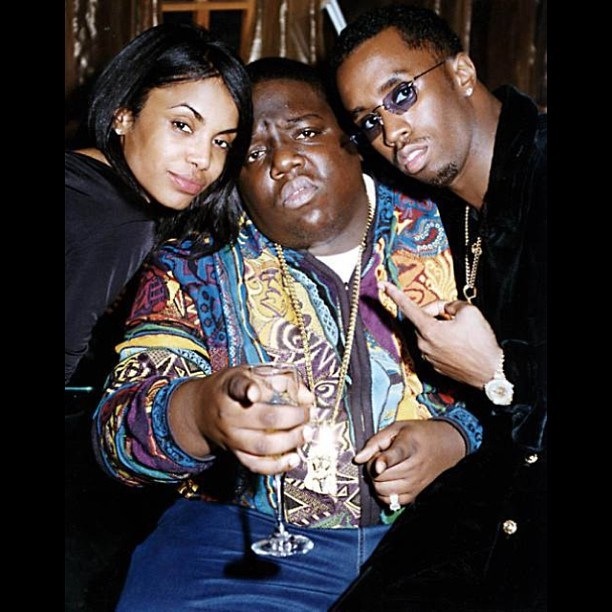
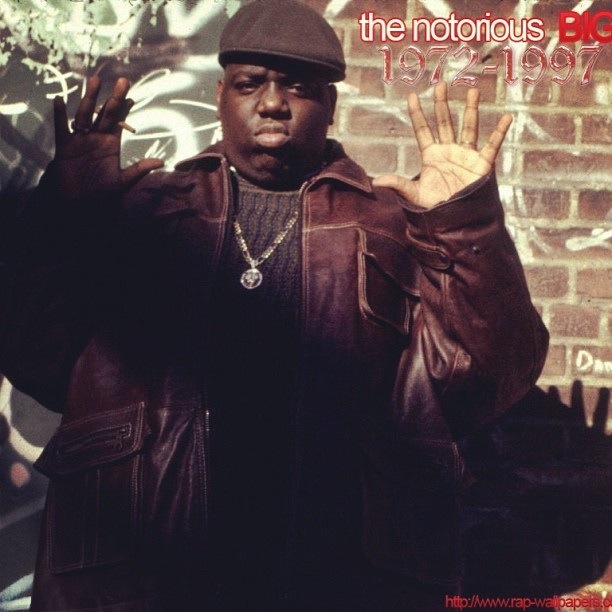

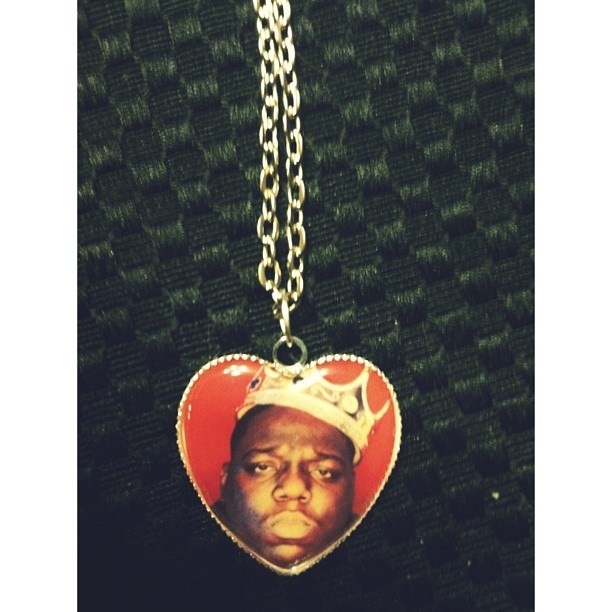
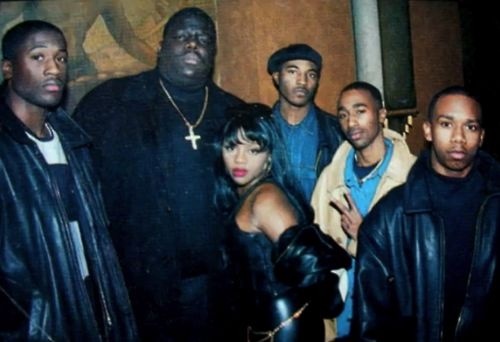
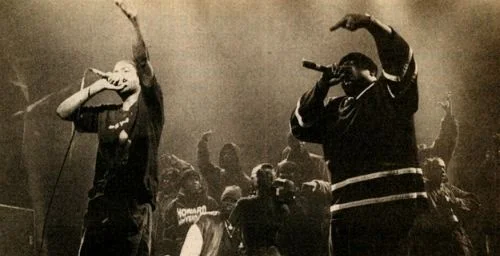
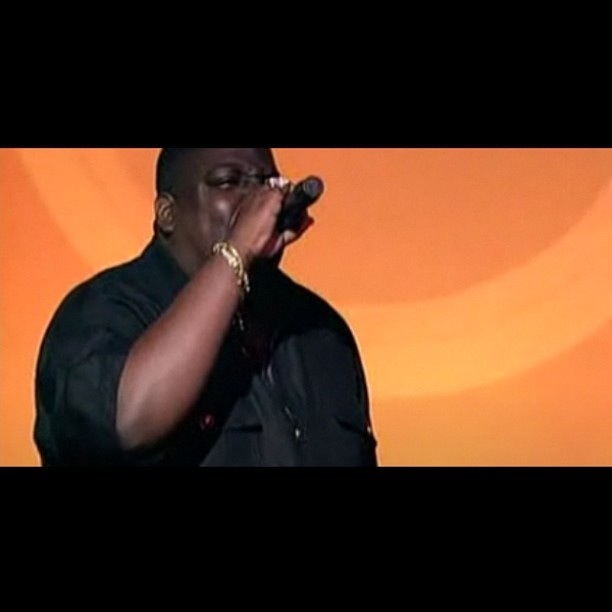
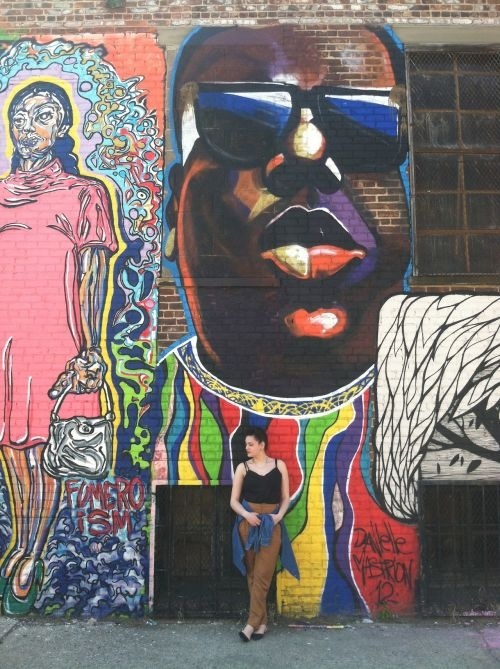
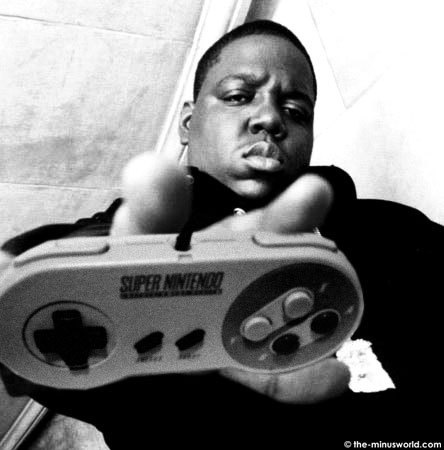

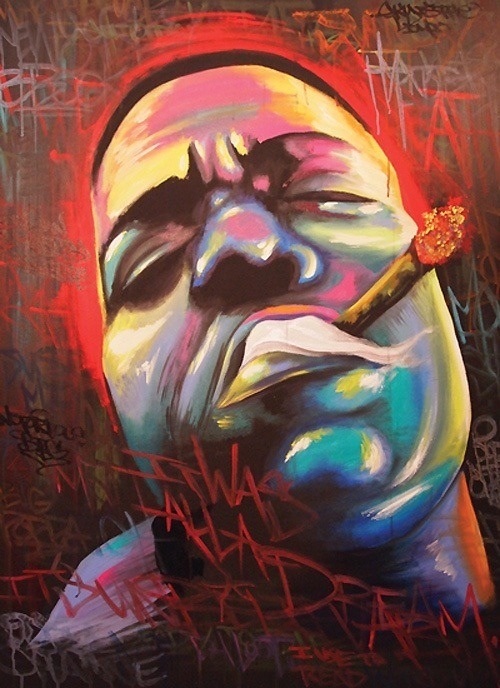

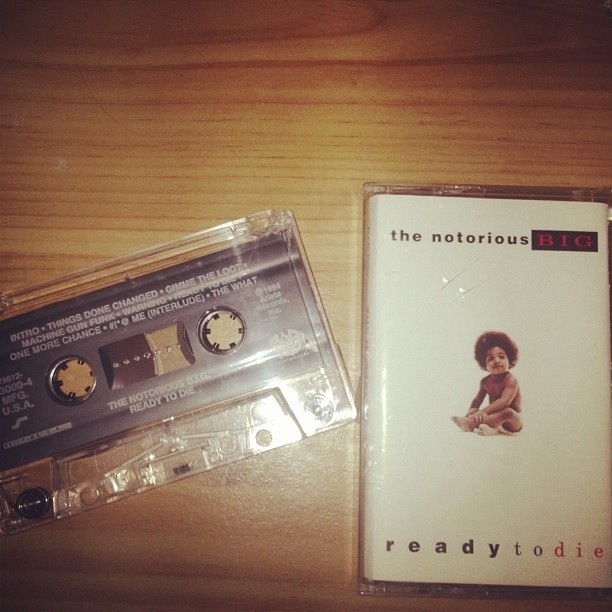
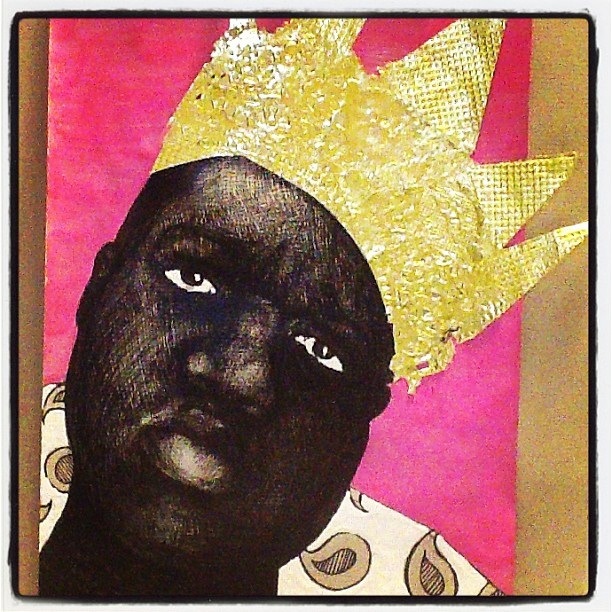

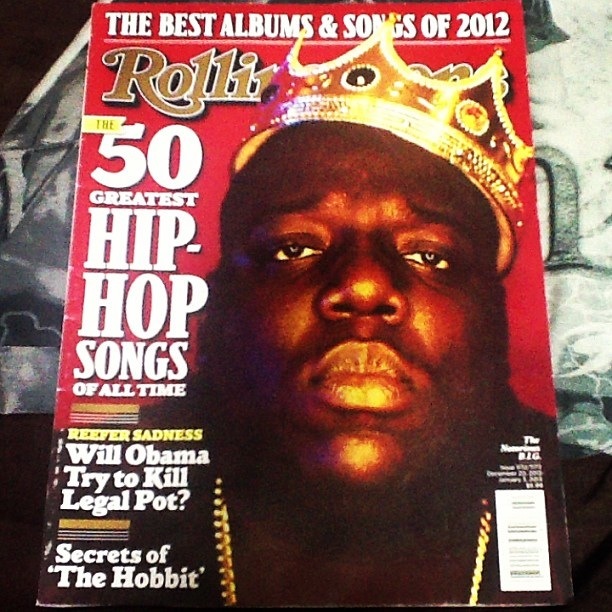
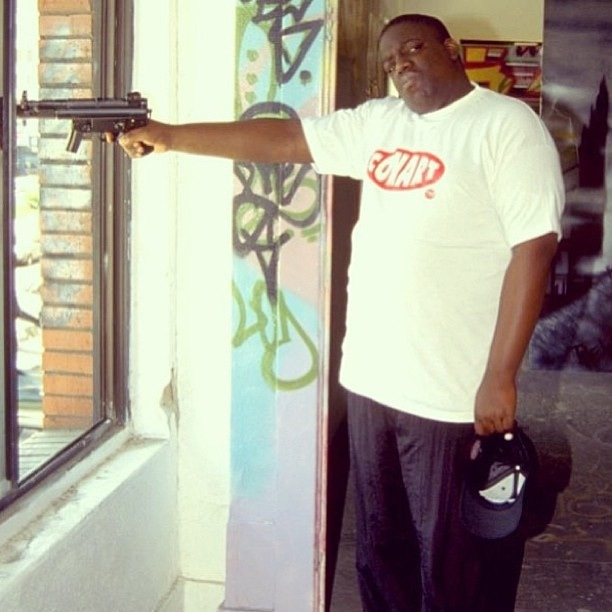
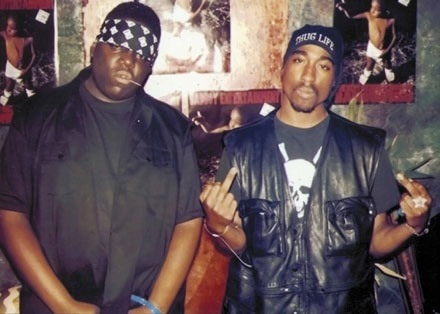
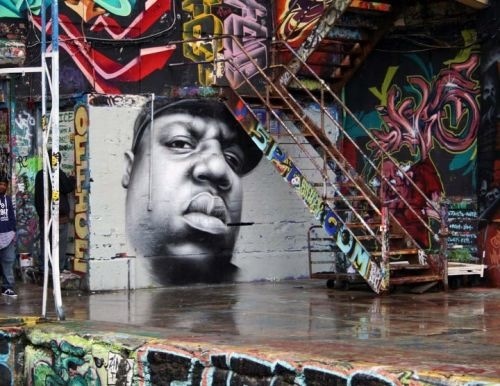
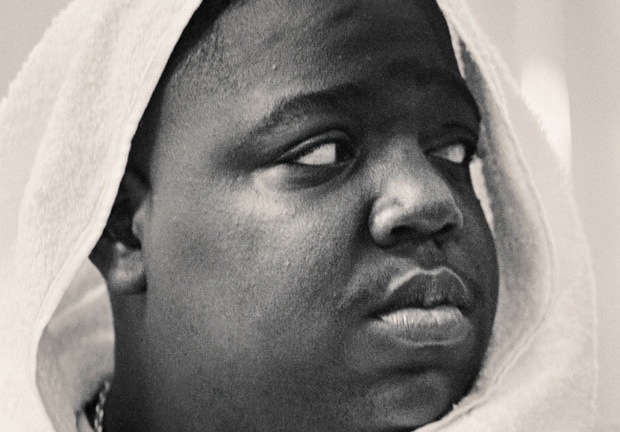
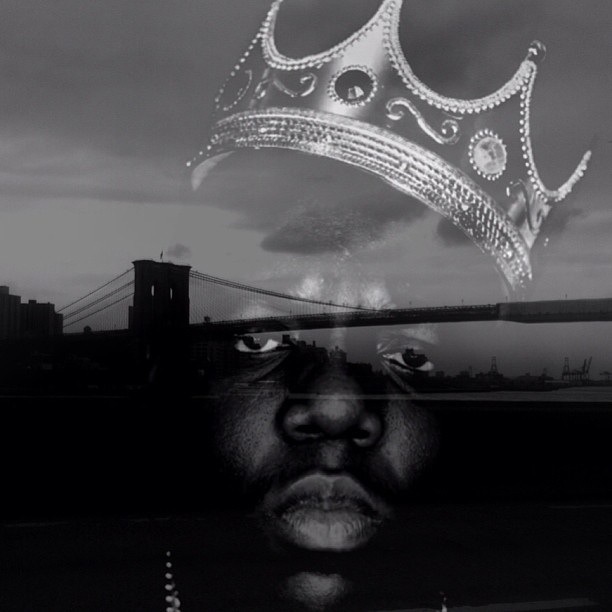
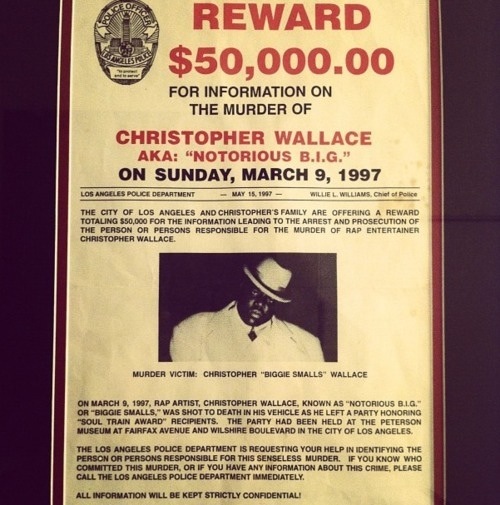


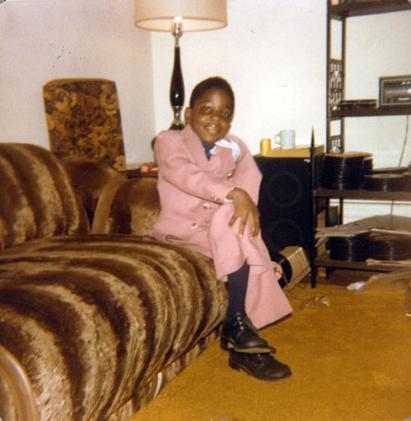

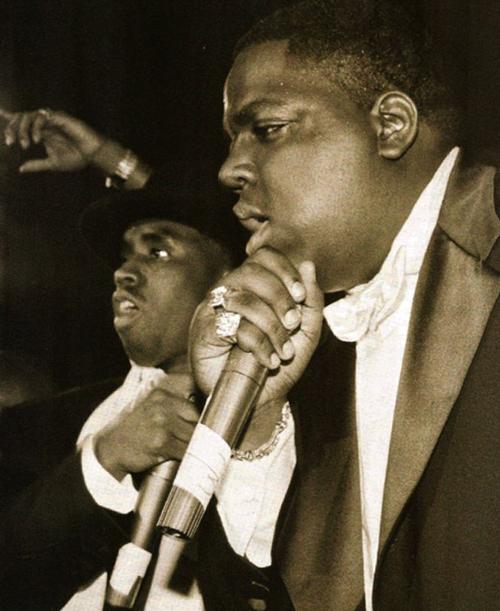
Stream Biggie’s Music:
Claim your bio by clicking the button above and let us know how we can work with you to update your digital bio
The history of hip hop culture and music. Learn about how hip hip has been commercialized, impacted pop culture, education & the universe. Take the journey through the 1990's with Tupac, the Notorious B.I.G., The Wu-Tang Clan, Jay-Z, Nas, DMX, Lil Kim, Junior Mafia, Tribe Called Quest, Dr. Dre, Snoop Dogg, Outkast, Scarface, Mos Def, Lady of Rage, The Fugees, Lauryn Hill, Puff Daddy, P. Diddy, Ruff Ryders,




